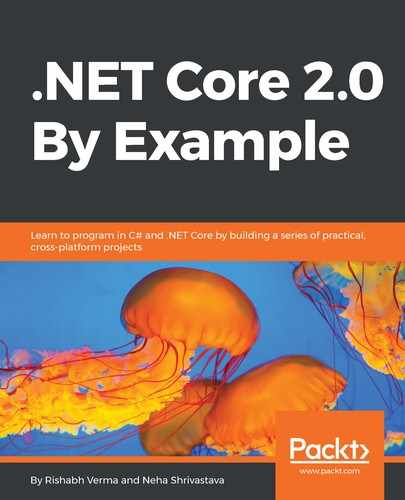.NET Core has been designed with testability in mind. .NET Core 2.0 has unit test project templates for VB, F#, and C#. We can also pick the testing framework of our choice amongst xUnit, NUnit, and MSTest.
Unit tests that test single programming parts are the most minimal-level tests. Unit tests should just test code inside the developer's control, and ought to not test infrastructure concerns, for example databases, filesystems, or network resources. Unit tests might be composed utilizing test-driven development (TDD) or they can be added to existing code to affirm its accuracy. The naming convention of Test class names should end with Test and reside in the same namespace as the class being tested. For instance, the unit tests for the Microsoft.Example.AspNetCore class would be in the Microsoft.Example.AspNetCoreTest class in the test assembly. Also, unit test method names must be descriptive about what is being tested, under what conditions, and what the expectations are. A good unit test has three main parts to it in the following specified order:
- Arrange
- Act
- Assert
We first arrange the code and then act on it and then do a series of asserts to check if the actual output matches the expected output. Let's have a look at them in detail:
- Arrange: All the parameter building, and method invocations needed for making a call in the act section must be declared in the arrange section.
- Act: The act stage should be one statement and as simple as possible. This one statement should be a call to the method that we are trying to test.
- Assert: The only reason method invocation may fail is if the method itself throws an exception, else, there should always be some state change or output from any meaningful method invocation. When we write the act statement, we anticipate an output and then do assertions if the actual output is the same as expected. If the method under test should throw an exception under normal circumstances, we can do assertions on the type of exception and the error message that should be thrown.
